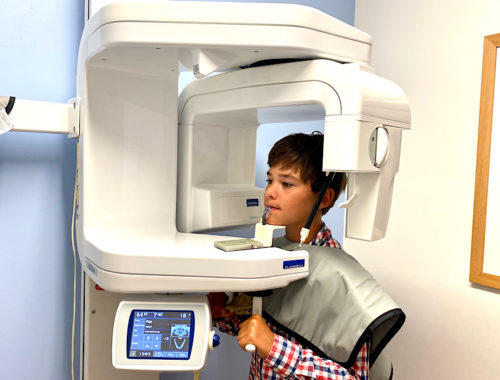 Jaundice is the yellow coloration or pigmentation of the skin, conjuctival membranes and mucous membranes. It occurs as a result of high levels of a substance known as bilirubin in the blood and extracellular fluids. This condition is known as hyperbilirubinemia. It occurs when the levels of bilirubin exceed the usual concentration of 1.5mg/dl in the blood and extracellular fluids. Bilirubin is a bye product of destroyed red blood cells that is normally broken down by the biliary system. When it is not broken down for various reasons, its levels rise in the blood and body fluids which leads to jaundice.
Jaundice is the yellow coloration or pigmentation of the skin, conjuctival membranes and mucous membranes. It occurs as a result of high levels of a substance known as bilirubin in the blood and extracellular fluids. This condition is known as hyperbilirubinemia. It occurs when the levels of bilirubin exceed the usual concentration of 1.5mg/dl in the blood and extracellular fluids. Bilirubin is a bye product of destroyed red blood cells that is normally broken down by the biliary system. When it is not broken down for various reasons, its levels rise in the blood and body fluids which leads to jaundice.
There are four types of jaundice depending on the part of the gastrointestinal system or biliary system where the problem occurs. These are pre-hepatic jaundice, hepatic jaundice, post hepatic jaundice and neo-natal jaundice. Pre-hepatic jaundice is caused by conditions that cause excessive break down of red blood cells e.g. spherocytosis, sickle cell anemia etc. hepatic jaundice is caused by conditions that affect the liver e.g. liver cirrhosis and hepatitis. Post hepatic jaundice is caused by conditions that obstruct the flow of bile after the liver e.g. carcinoma of bile duct, gall stones etc. neo-natal jaundice is normally occurs in newborn babies. It is a harmless condition and it clears within a short time except for a few cases that may cause lifelong disability.
Jaundice is not a disease; it is only a sign showing that there is an underlying condition that is responsible for its appearance. It can only be treated effectively when the underlying cause is identified and treated completely.


